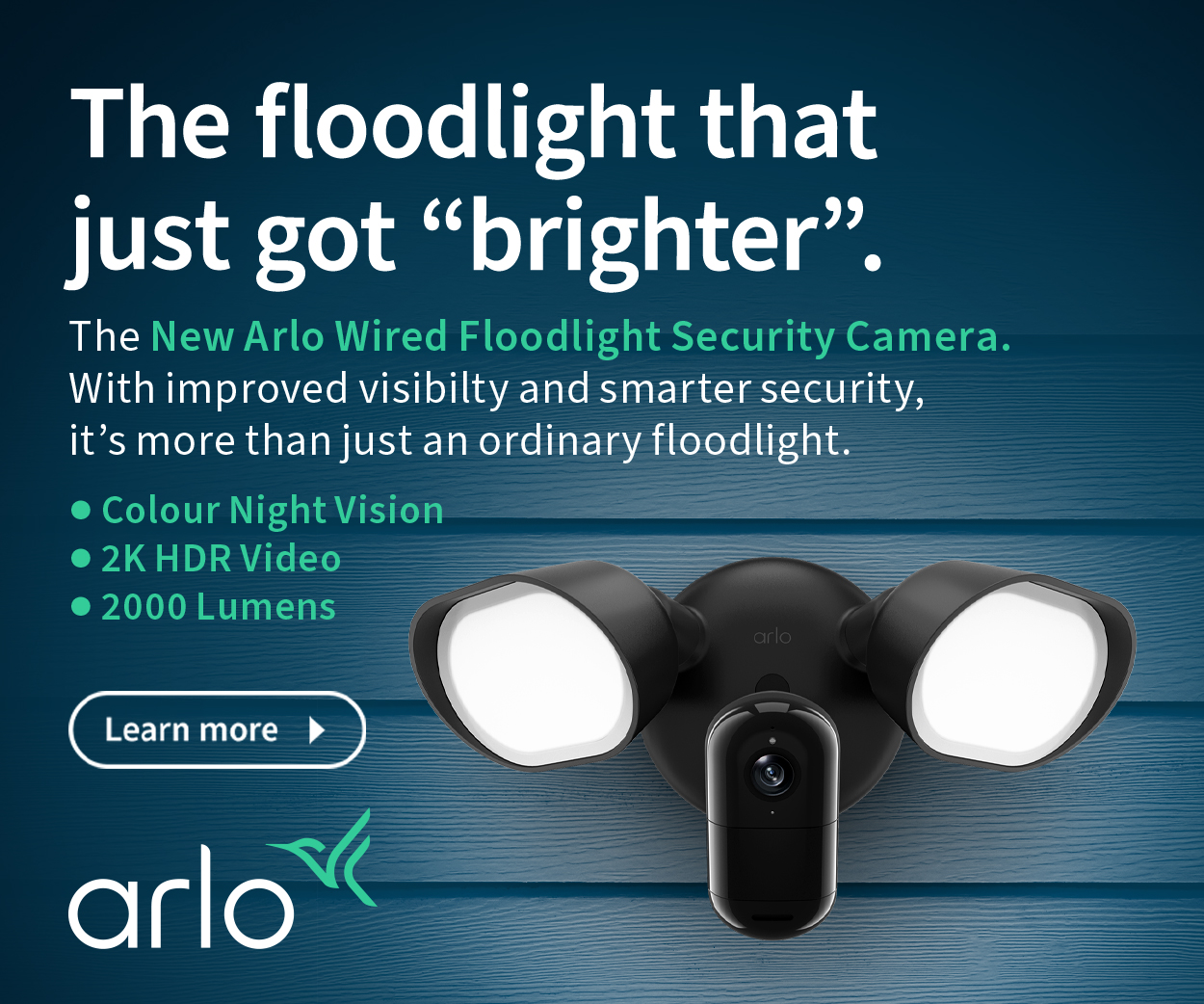Review: BodyMedia Fit
By Mike Wheeler
Ok, I confess, I’m a wannabe fitness fanatic. What does this mean? At its most basic, it says that I like the idea of being fit, and appreciate the work that needs to go in to being fit, but I do very little to get fit.
By Mike Wheeler
Ok, I confess, I’m a wannabe fitness fanatic. What does this mean? At its most basic, it says that I like the idea of being fit, and appreciate the work that needs to go in to being fit, but I do very little to get fit.
So when given the opportunity to do such a thing, I thought “this is the moment where I do the big turn around – stop that middle aged spread once and for all” (as if I really could). So when presented with the opportunity to at least pretend I want to get fit by BodyMedia Fit, which the blurb says is a “wearable weight loss and fitness system”, I thought “sounds good to me”.
Out of the box you have an armband with a monitor attached – the monitor being more of an information gathering device, than actually showing you any information. You strap it onto your upper arm, and once it clicks and beeps, you know it is starting to gather evidence of your movements. There is a an optional wearable display that you can sync with the armband. This display will tell you how many steps you’ve taken, how many calories you are going to consume etc.
Once you have the gear, you have to get an activity account up and running, which is a matter of going to the website and setting it up. Once you have completed this, you have to input some standard information that will be the base for the weekly information you will input into the account over the coming weeks. You fill out how much weight you would like to lose, how many calories you intend to eat and then it will tell you how many calories you will need to burn in order to get a ‘calorie’ deficit.
At the end of each day you plug the armband into your PC via a USB cable to download the information. What you have to remember – and something that I couldn’t find in the instructions – is that you have to push, quite firmly, the device out of its frame to access the USB port. This will then tell you how many calories you have burned, how many steps you have taken, even how many hours you have slept. But how many calories does it know you have consumed? This turned out to be one of the main problems, but not for the reason you probably think.
In order to get an accurate reading, you input – either as the day progresses or at the end of the day – the foods you have consumed. Initially, I thought this was great – not because it was a good way of being honest with yourself, but just for the massive amount of foods they have in their database. There are hundreds of different types of chocolates, ice-creams, fruits and vegetables etc; whoever input all these products must have spent months doing it. But this is also the downside, because although I was very impressed with the number of brand names mentioned, these were all for USA products. No Cadbury, no local cereals, no Australian –based brands at all, which meant it was difficult to get accurate readings of calorie intake. Sure, I substituted some products, but it just wasn’t the same as the locally branded foods. This meant I wasn’t overly happy with weather my count was correct.
Having said that, my overall impression of the device is good, once you get the gist of it. You do have to be dedicated at putting in the type of food you’ve eaten each day, and be honest about the amount, too.
Pros: Unobtrusive to wear; easy to use; gives a reasonable overview of exercise habits
Cons: Database only has US foods/brands;
3.9 Shacks Out of 5
Brought to you by CyberShack.com.au







